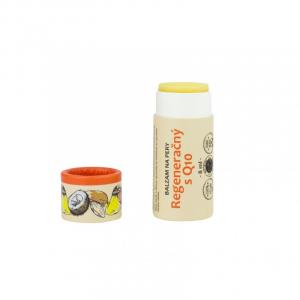Four-leaved sorrel (Oxalis tetraphyla)
Other names: four-leaf clover, Acetosella tetraphyla
Harm score: 1 (Natural substances)
The four-leaf sorrel, also known as four-leaf clover, with the Latin name Oxalis tetraphyla and also called Acetosella tetraphyla, is a perennial perennial herb belonging to the sorrel family. This plant is native to South America and is characterised by its four light green leaves that close at night or in bad weather. It produces white to pink flowers from April to May. The four-leaved sorrel is often grown as an ornamental plant for its attractive leaves and flowers.
In addition to its horticultural use, four-leaf sorrel is also used in the food industry. Its leaves are edible, have a sour taste and are popular in many cuisines around the world. The young leaves are often added to salads, soups or sauces to add a specific acidity. In addition, the leaves can be dried and used as a condiment. Thanks to its vitamin C content, it is also used to make tea, which has beneficial effects on digestion. However, it is important to exercise moderation, as sorrel can be poisonous if consumed in excess. In the cosmetic industry, extracts of four-leaf clover are used in some skin creams and tonics for their astringent and soothing effects on the skin. It is even used in homeopathy as a medicinal plant.
You won't find this substance in our products. Try the natural, chemical-free products in our range.

Tampons with applicator Regular (16 pcs) - 100% bio-cotton, 2 drops
Product detail
Regenerating lip balm with Q10 (8 ml) - with plum oil
Product detail